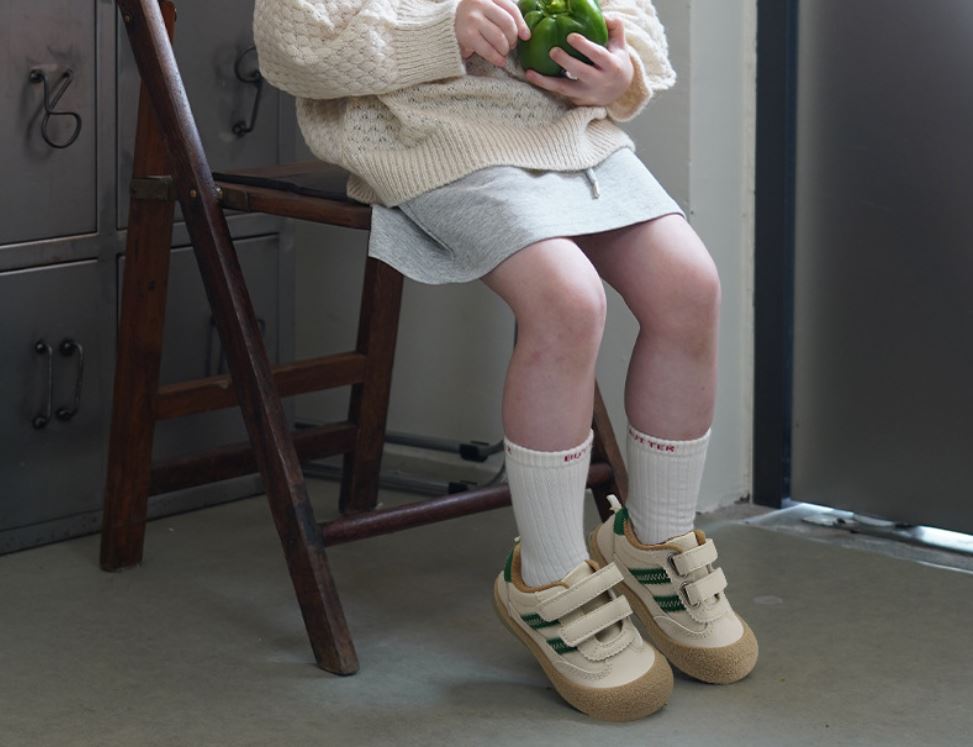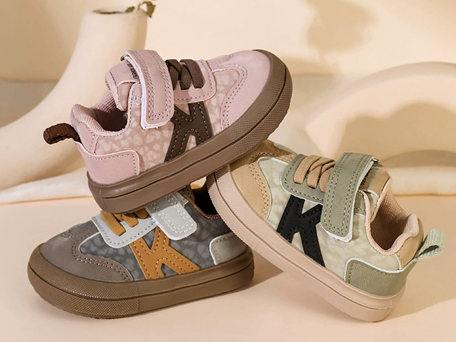The quality and safety of children’s physical activities have always been the focus of parents and educators. Among many factors, the weight of shoes, a detail that is often overlooked. Actually that has a profound impact on children’s athletic ability, bone development, etc.
Movement restrictions caused by overweight shoes

- Extra weight increases energy consumption: Studies have shown that for every 100 grams of weight added to the shoes, children’s jumping height decreases by 4%-6%. And their sprint speed decreases by 0.8 meters/50 meters. That’sbecause the lower limb muscles in the developmental period need to consume 15% more energy to counteract the weight of the shoes. This is also the reason why children’s sports endurance has decreased significantly.
2.Joint pressure affects developmental balance: Children under 12 years old have not yet fully ossified their foot bones. The inertial impact caused by overweight shoes may change the natural gait. Laboratory stress tests show that sports shoes weighing more than 300 grams will increase the pressure on the ankle joint by 22%. In the long run, gait compensation may be caused.
3.Neural feedback hysteresis restricts coordination: Lightweight shoes (180g-220g) can provide more sensitive ground touch feedback. This can help children establish correct proprioception. However, heavy shoes will delay nerve conduction by 0.2-0.3 seconds. This directly affects the efficiency of balance training and complex movement learning.
The golden standard for scientific shoe selection
- Weight control by age: For children aged 1-3 who are in the toddler stage, we recommend that the weight of their single shoes should be less than or equal to 150g. For children in the basic movement period(ade 4-7)the weight of single shoes can be controlled between 180-220g. For children aged 8-12, the weight of their single shoes can be controlled between 220-280g.
- Three-dimensional dynamic fit design: High-quality children’s shoes need to meet the following three standards:
In order to simulate the natural flexion of the foot, the forefoot curvature of the shoe should be no less than 45°. At the same time, a heel drop of no more than 6 mm can reduce the tension on the Achilles tendon. In addition, a toe cap with a tilt of 10-15° can optimize gait.
The quality improvement of children’s physical activities begins with scientific control of every detail. Our new children’s shoe series, while maintaining the industry benchmark weight, also provides children with professional sports protection. Now click to our product page and choose the most suitable sports equipment for your child!

